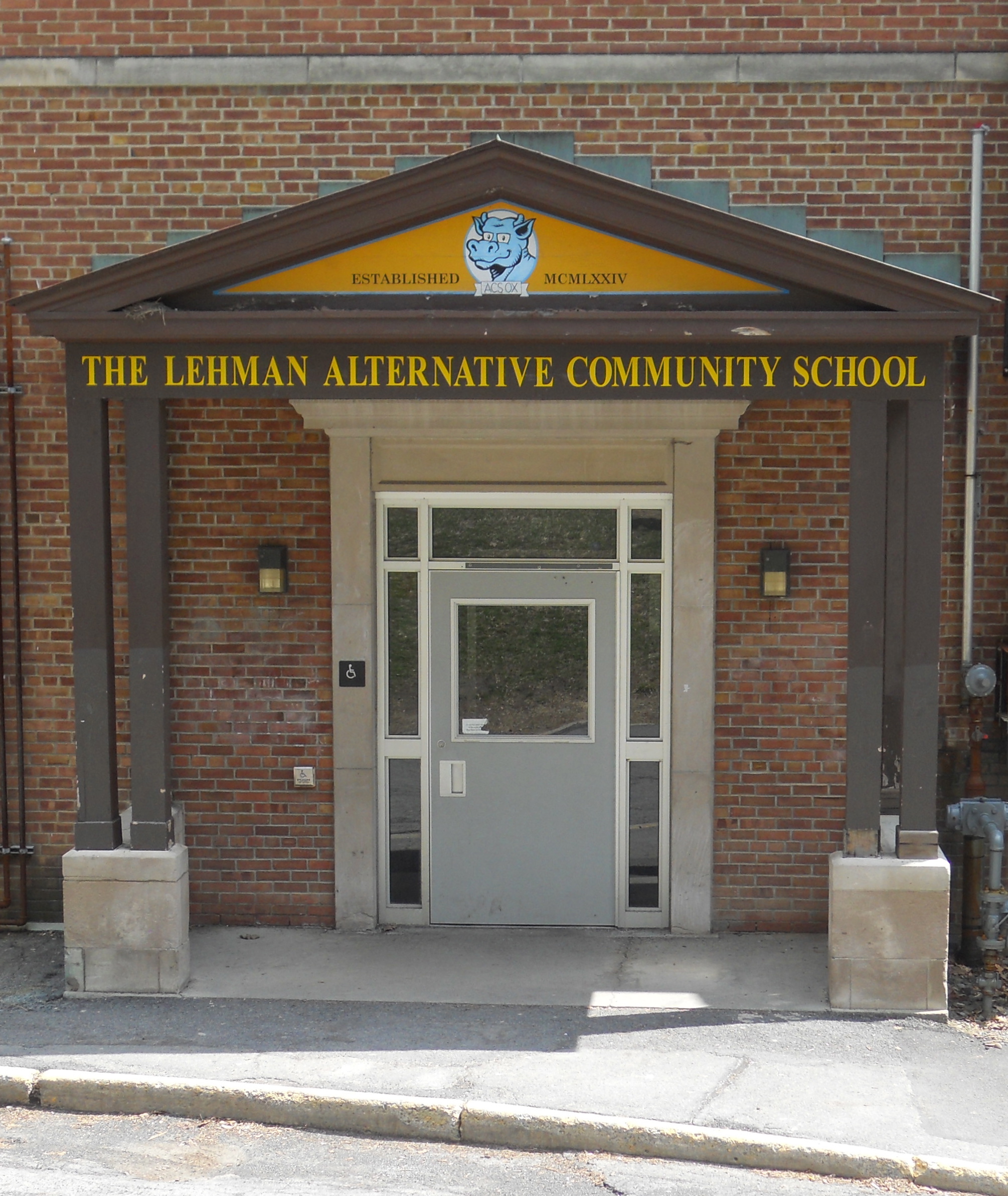A democracy is a government where the ultimate power belongs to the people of the nation (demos is Greek for people). It is the will of the people that should guide decisions. The views and lives of the great majority of people, their education, livelihood, health and security must be valued. Since the will of the people is paramount and must guide decision-making, relationships amongst the people must be carefully fostered. Compassion must be fostered.
Yet, what is the reality of T’s GOP? Kevin Baker, in a recent article in the New Republic, describes what almost everyone who pays attention has observed: our politics has become open warfare, with the aim being not to serve the people but to make sure the other party never again comes to power. It is to seize power and keep it, by any means. That includes lying and distorting the truth, attacking the institutions that keep us safe, undermining voting, civil and legal rights, enormous corruption, and even colluding with the dictator of a foreign and hostile government.
Our government was deliberately structured to prevent a return to power of a monarchy or one-man rule. Three branches of government were established by the constitution in order to have checks on power. Today, we have a one party government; one party controls all three branches of the government. Since the party is led and controlled by one individual, we have a government controlled largely by one individual.
A government of a small group is an oligarchy. A government by a class is an aristocracy. A government by one legally prescribed hereditary ruler is a monarchy. A government wherein one person takes power and/or eliminates his or her opposition is a tyranny. A kleptocracy is a government of corrupt rulers who use their power to exploit the people and the nation’s resources in order to extend and keep their own personal wealth and power. Which kind of government do we have now?
A democracy requires that laws rule and must protect the people as a whole, not serve the interests of any one person or small group of persons. Yet, T asks the department of justice to protect and serve him, not the law. He tries to undermine investigations by his own DOJ and attacks the FBI.
According to a great body of evidence, T and several people from his campaign and administration, including his own son, son-in-law, campaign manager, etc. colluded with a foreign dictator to undermine US elections. And he has largely refused to protect our own election infrastructure.
A democracy needs the participation of the people. Yet the GOP undermines voting rights. T encourages hate instead of compassion, calls immigrants whores, criminals, and animals. He rips children from their parents as a deterrent for immigration. He divides the nation and whips up hatred against these fellow humans, despite the fact that immigrants, even undocumented immigrants, are less likely to commit a crime than those citizens born in this country.
He not only whips up hatred against immigrants, but against anyone who opposes him, even from his own party. He viciously attacked, in the past and even just recently, John McCain. He insulted and/or or threatened Senator Lisa Murkowski, Jeff Flake, and others for going against his wishes. Certainly, he attacks Democrats and the press almost daily.
To make political decisions that actually solve problems and improve the well-being of the people, a democracy needs educated people. It needs to support and promote the dissemination of scientific discoveries and information. This administration attacks education, both in public K-12 schools and universities, and has blocked access to scientific data.
This administration shows a profound disregard, even contempt, for health care for a great number of citizens, and has consistently advanced policies that most Americans oppose, creating pressures that cause insurance rates to rise and undermining protections for people with pre-existing conditions.
It has attacked supports for the poor, like Medicaid, and programs that all Americans contribute to as insurance for when they are older or retired, like Medicare and Social Security—and they do this in order to protect tax cuts to the super rich who don’t need more wealth.
When a very small group of people get a large percentage of the nation’s wealth and income, a democracy of, by and for the people becomes impossible. According to the Congressional Budget Office, between 1979 and 2007, the income for the top 1% in the US has grown by 275%. Since last year’s GOP tax cut, income inequality is growing even more. Instead of one person one vote, and freedom of speech for all, we have one person’s voice drowning out millions of other voices.
Hate destabilizes a nation. When we hate, we feel hated in return. We then strike out. Anger boils up with the least provocation. Increasing numbers of us experience a deep sense of dread or anxiety. The number of children suffering from anxiety has been greatly increasing. Increasing numbers of people can’t tolerate hearing the news.
We have to be careful not to become what we oppose. One of the worst results of this administration is that too many have begun to doubt the efficacy and strength of kindness. There is so much to be angry about that we can forget the deleterious effects of anger. We mistake actually listening to others for weakness.
The aim of this administration might be to end democracy, but they haven’t succeeded, yet. And we can’t let them. Anyone who wants a real democracy, who has compassion for other humans and believes in the rule of laws, not rule by a few powerful individuals, must do what we can to make opposing the policies of this administration a normal part of our day. Must make activities to keep us sane and compassionate part of our day. This is our only viable option if we wish to uphold our humanity.



